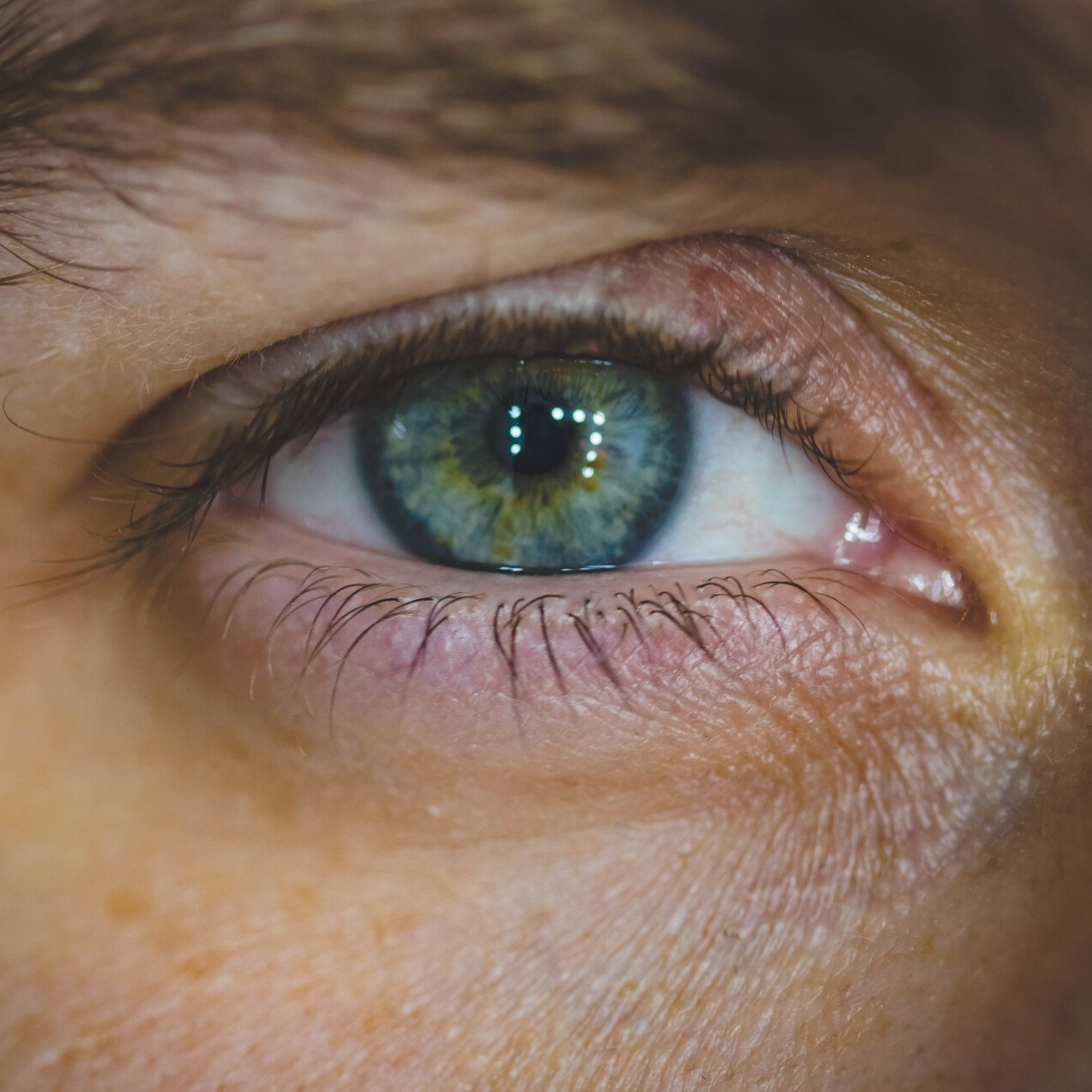Cataracts
Cataracts Are Diagnosed During a Comprehensive Eye Examination.
According to the National Eye Institute (NEI), cataracts affect an estimated 24.4 million Americans that are aged 40 and older. Approximately half of all Americans that are aged 75 and older have suffered from cataracts.
What Are Cataracts?
Cataracts are milky, cloudy-looking discolorations of a structure in your eye called the lens. Advanced cataracts can cause clouding of the entire lens and significant vision loss.
Forms of Cataracts

What Is the Treatment for Cataracts?
There are several types of operations, but the general idea is that the cloudy lens material is removed and replaced with an intraocular lens implant (artificial lens). In most cases, patients will still appreciate prescription glasses to maximize their vision. However, there are options for upgraded intra-ocular lens implants to reduce the need for prescription eyewear after surgery.
Optometric Associates of Southern Maine is dedicated to successful cataract care, whether it means monitoring, education, support, referral, or post-operative care. We are proud to refer and co-manage with some of the best ophthalmologists in the southern Maine region. Speak with the staff for more information or to schedule an appointment today!

